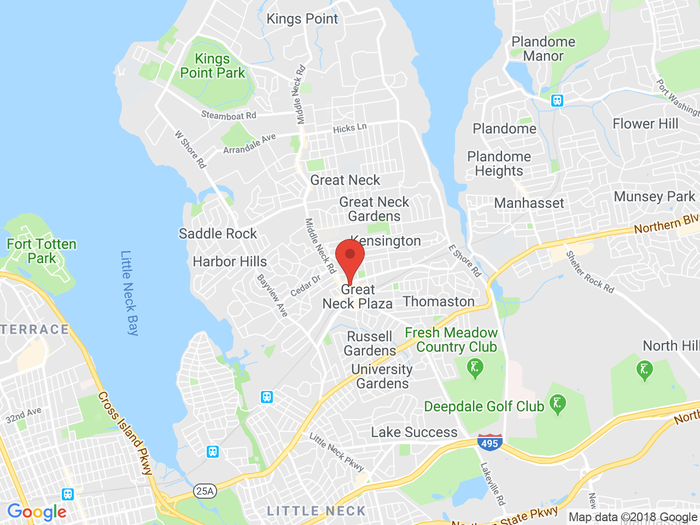Blog
3 Types of Dental Bridges and How they Can Benefit Your Teeth
Last week we discussed some different types of dental implants, which are used to replace missing or damaged teeth. This week, we are going to take a look at a different type of dental restorative practice: dental bridges. Similar to dental implants, dental bridges are used to replace missing teeth; they are made to mimic the appearance of natural teeth. Unlike dental implants, however, dental bridges are not rooted into the jawbone and are, overall, a much less invasive procedure. At Great Neck Dental Care, Dr. Julie Liberman can perform several different types of dental bridges that will help restore your smile. Now let’s take a look at what those different types of dental bridges are and what they mean.
Who are Dental Bridges For?
Instead of going through the procedure of putting in dental implants, most dentists recommend dental bridges instead. If you are missing just one tooth, then an implant might be a good fit for you. Implants are more invasive and tend to cost a bit more, though. If you are missing a few teeth in a row, then dental bridges are a better fit. No matter the case, it is essential that you consult with your dentist about all of the available options.
Traditional Bridges
Traditional bridges are the most common type of dental bridge used. Traditional bridges are made out of ceramic, porcelain, or all metal, such as gold. The bridge itself is one artificial tooth, which is nearly indistinguishable from a natural tooth. To secure the artificial tooth in place, crowns will be placed on the adjoining teeth. The adjoining teeth will be shaped and filed to ensure that the bridge fits comfortably into place. Traditional bridges are used only for molars and teeth in the back portion of the mouth.
Maryland Bridges
Compared to traditional bridges, Maryland bridges are not as invasive. However, like traditional bridges, Maryland bridges are made out of porcelain and use a fake tooth to mimic the missing natural tooth. Maryland bridges are used to replace any of the front teeth, the incisors. So, instead of using a crown on the adjoining teeth, Maryland bridges connect to the backside of the adjoining teeth - which ensures that your teeth will appear healthy and comely.
Cantilever Bridges
Like Maryland bridges, cantilever bridges are used to replace any missing front teeth. Cantilever bridges are made out of porcelain that is fused to metal. In order for a cantilever bridge to be put into the mouth, there needs to be at least one natural tooth adjoining it. A dental crown will then be placed over the unhealthy tooth. If the tooth is missing, then an artificial tooth will take its place. Cantilever bridges are only used in the front teeth because they are not strong enough to support molars. If you have any missing teeth or are unsure if dental bridges or implants are a good fit for your needs, please stop for a visit at Great Neck Dental Care and talk to Dr. Liberman and her staff.
Contact Us
Never been happier with a dentist before! The professionalism, individual care, sparkling clean office, and the range of services are amazing. Highly recommended!

